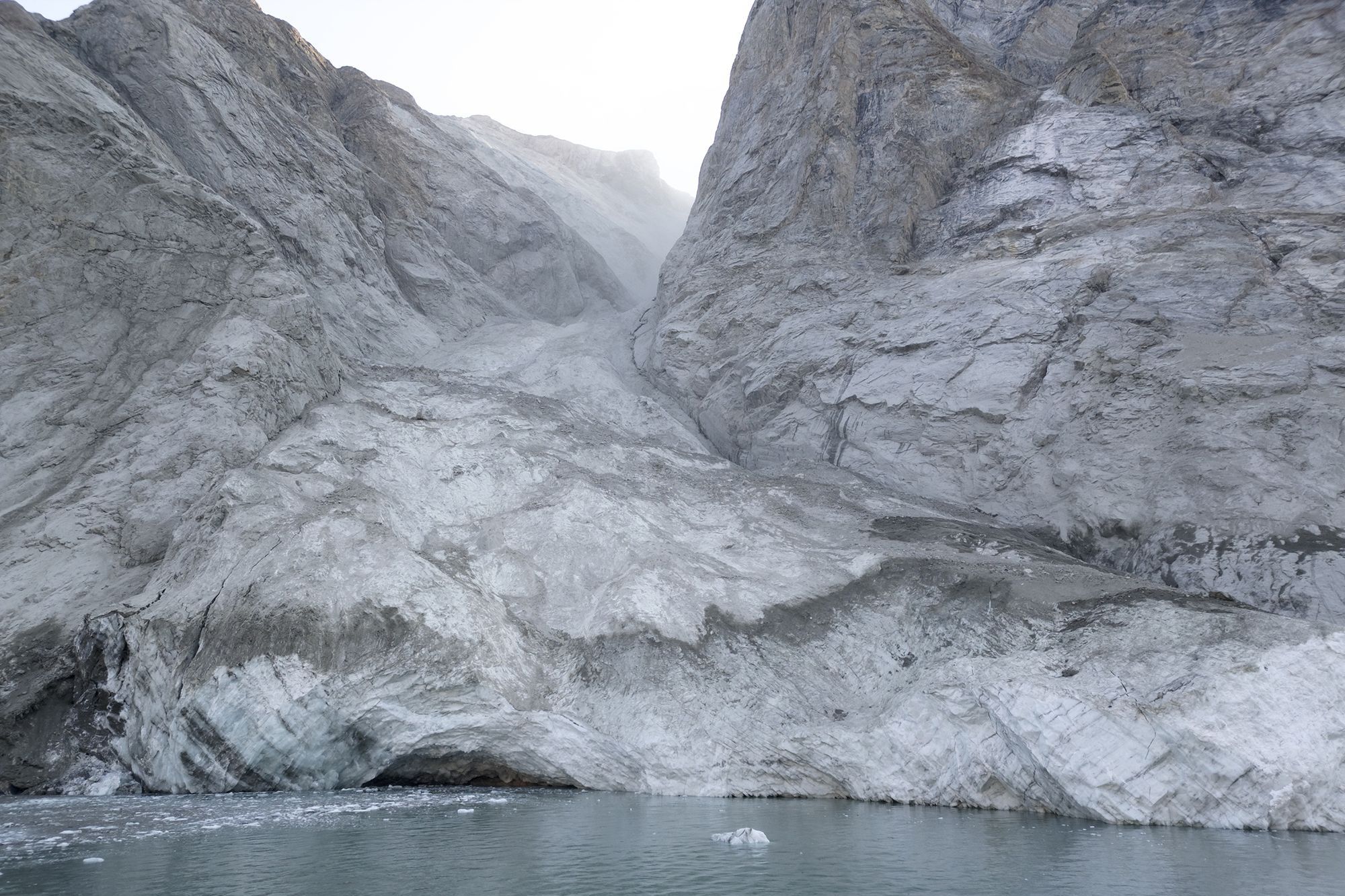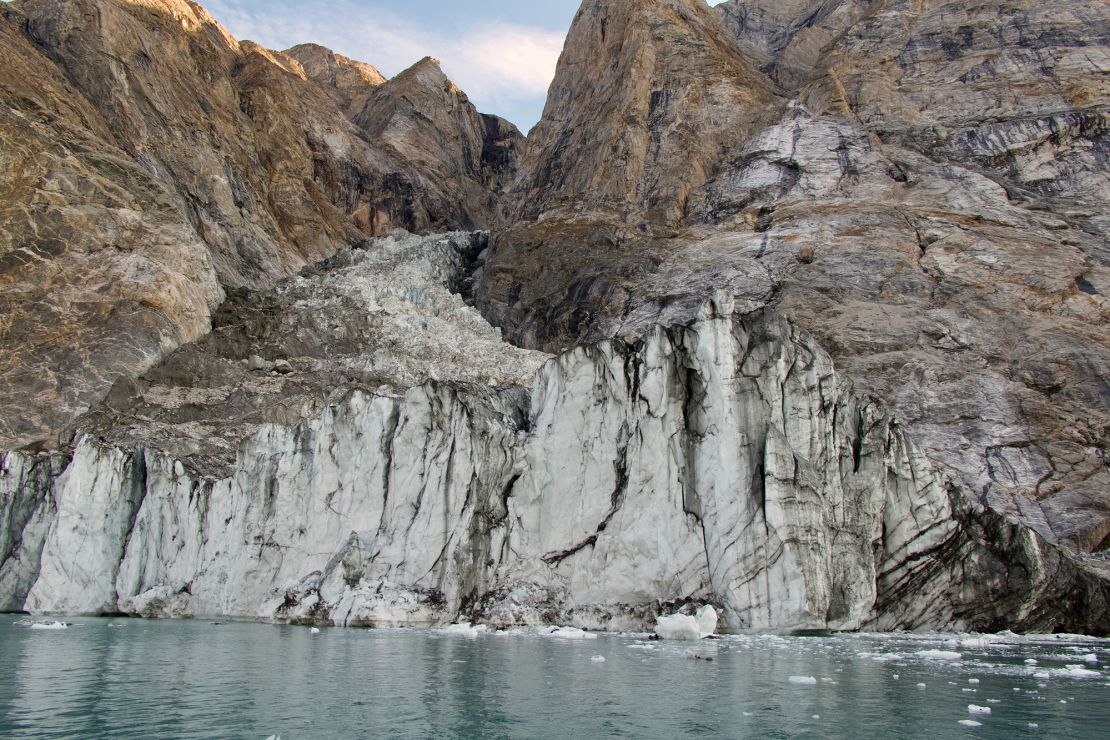In September 2023, a dramatic natural event in Greenland, driven by the climate crisis, produced unprecedented seismic activity and a mega-tsunami. The event, a landslide followed by a massive tsunami, caused the entire Earth to vibrate for nine days.
The disaster began with the collapse of a 1,200-meter mountain peak into the Dickson fjord, which was weakened by a melting glacier. The resulting tsunami wave, reaching heights of 200 meters, and the subsequent oscillations of water in the fjord sent seismic waves that reverberated across the globe for an extended period.
Initially, the seismic event was a mystery to scientists as it did not fit the patterns of typical earthquakes. The signal, which was much longer and simpler than usual seismic activity, was initially classified as an unidentified seismic object (USO). However, researchers eventually determined that the event was caused by the collapse and subsequent water displacement, highlighting the severe impacts of global warming on previously stable regions.

Unprecedented Seismic Activity and Mega-Tsunami Result from Greenland Landslide Driven by Climate Crisis
The landslide and mega-tsunami in eastern Greenland marked the first recorded event of its kind in the region. Arctic areas, experiencing rapid climate change, are now showing signs of instability previously unseen. The disaster destroyed an ancient Inuit site and damaged a research station on Ella Island, which, though unoccupied at the time, underscores the potential risk to human settlements and infrastructure in the area.
One fortunate outcome was that a nearby tourist cruise ship, which was stranded in mud two days prior to the tsunami, avoided the disaster. This incident highlights the potential risks that such mega-tsunamis pose to maritime traffic, a subject that remains largely unexplored in scientific literature.
The investigation into this event involved 68 scientists from 40 institutions across 15 countries, combining various methods including seismic data, field measurements, satellite imagery, and computer simulations. Their findings revealed that 25 million cubic meters of rock and ice had crashed into the fjord, and the unique geography of the fjord helped to sustain the seismic waves for an unusually long period.
The results of this investigation have important implications for our understanding of natural disasters in the context of climate change. The event not only demonstrated how global warming can trigger significant and previously unconsidered geological events but also highlighted the need for advanced models to predict and understand such phenomena. This mega-tsunami serves as a stark reminder of the far-reaching effects of climate change, capable of causing global-scale impacts in a remarkably short time.











































